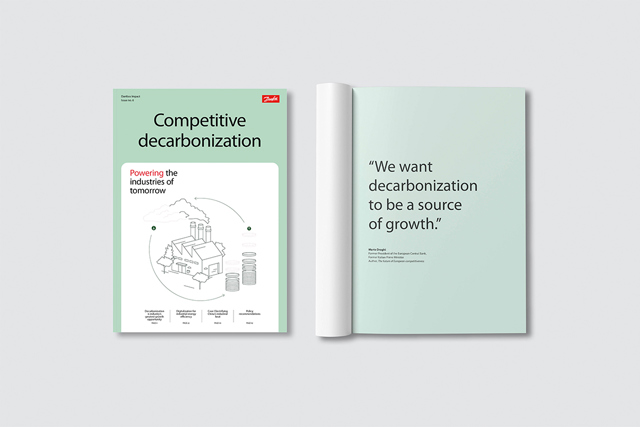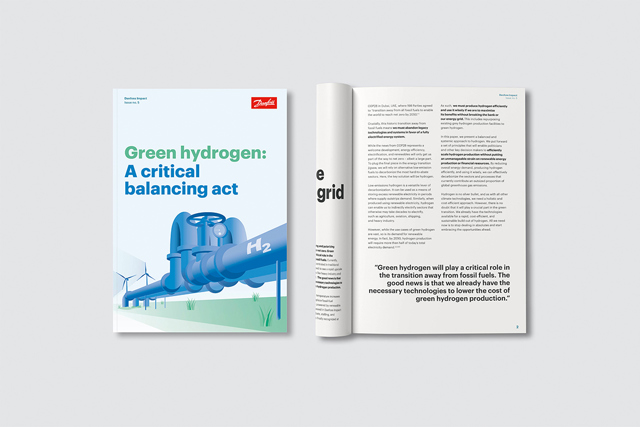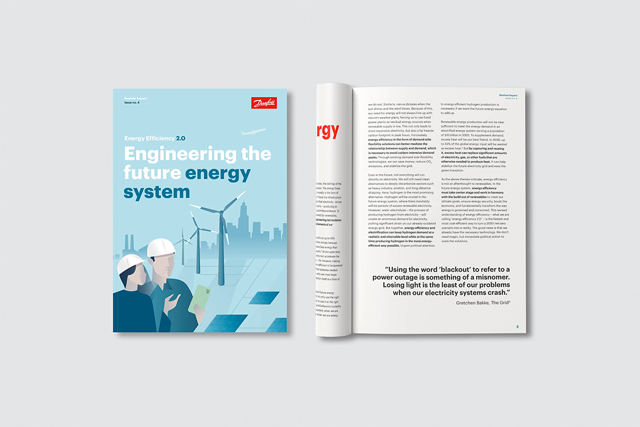Key takeaways
Case story
Danfoss factory in Grodzisk
Danfoss has a production site in Grodzisk, Poland, just outside of Warsaw. The factory is a shining example of how the three-step approach of ‘increase energy efficiency, electrify, and ensure sector integration’ results in a competitive way to decarbonize our own production. By switching off 80% of the machines not in use you increase efficiency without any additional cost; by installing new air handling units you use electric solutions to lower costs for heating and cooling; and by integrating systems in the factory, excess heat from some processes can be used to heat both air and water in other parts of the building, saving close to half a million euros a year.
Policy recommendations
Challenge #1
Lack of predictability hinders long-term planning
European industry operates within a complex regulatory landscape, responding to legislation implemented at the EU, national, and local levels. Sudden changes in policies create uncertainty and unpredictability for companies, as witnessed by the uncertainty in heating schemes in Germany, which meant sales and renovation activities went down by 50% as private investors stopped all activities to wait for a new framework and funding. When the regulatory environment for energy or performance requirements, EVs, or heat pumps is uncertain, companies withhold investments in upgrading their technologies, particularly those with higher CAPEX costs. Stop-and-go policies are a killer for investor confidence.
Policy solution #1
Ensure continuity of ambition, predictability, and long-term thinking
To stimulate industrial appetite for investment and innovation, Europe needs a solid policy framework for industry which provides a clear outlook of at least 10 years. Policy helps set the direction and level of ambition. Setting a general target for electrification of 35% by 2030, as well as specific targets for sectors, will help build trust in policy development and put pressure on implementation. Politicians must also prioritize existing legislation, which has still yet to be sufficiently implemented. For example, there must be a rapid and harmonized implementation of legislation adopted in the last mandate, including of the Energy Efficiency Directive, the Energy Performance of Buildings Directive, and the Electricity Market Design reform.





